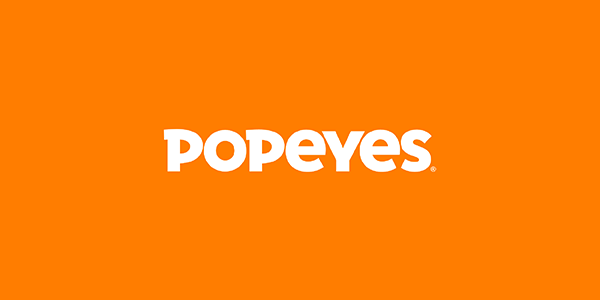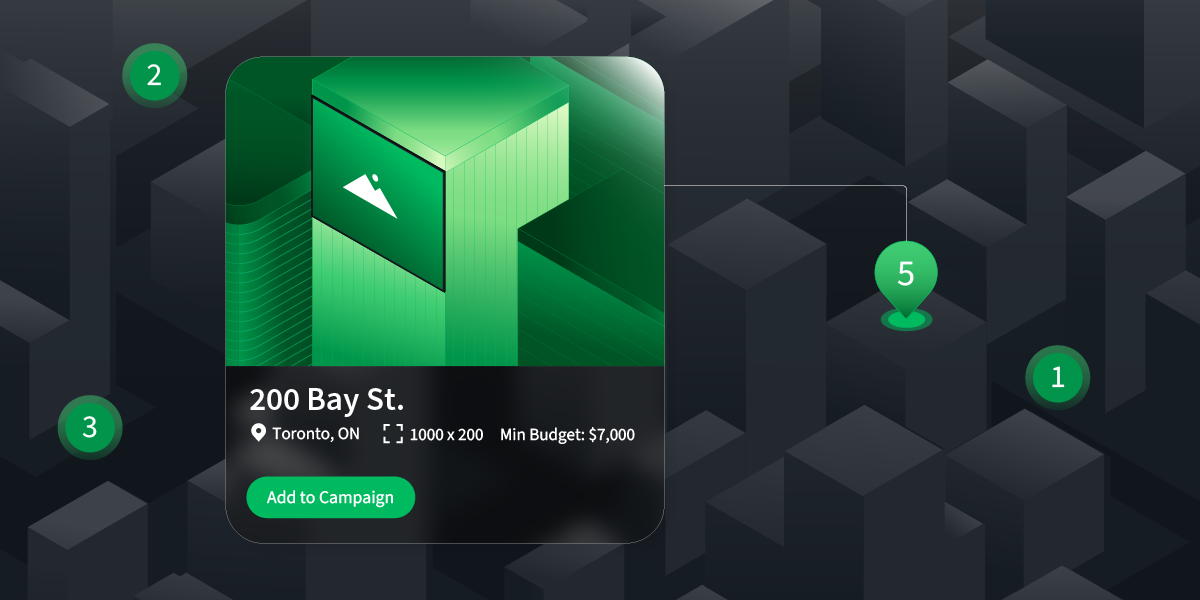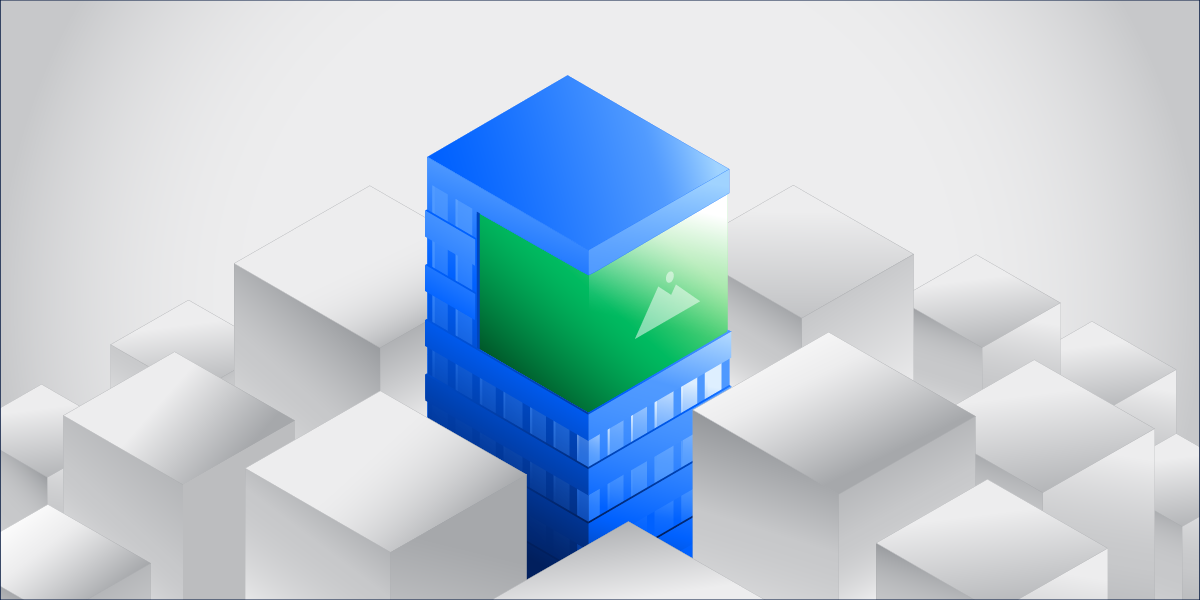AI Transforms DOOH: From Billboards to Big Data

Imagine walking down a busy street surrounded by vibrant digital billboards that seem to know exactly what interests you. This isn’t a scene from a sci-fi movie; it’s the reality of AI-powered digital out-of-home (DOOH) advertising.
With AI’s productivity gains projected to add up to a staggering $4.4 trillion to the global economy, its integration with programmatic advertising is reshaping the marketing landscape.
Programmatic DOOH advertising is riding this wave, with ad spend expected to reach $1.35 billion USD by 2027. This surge is driven by AI’s ability to optimize ad placements, targeting audiences with precision and efficiency previously unimaginable.
In this article, we’ll examine the evolution of DOOH advertising and explore how AI enhances and revolutionizes how advertisers reach their audiences.
The Evolution of DOOH Advertising
The journey of DOOH advertising began around 2005 when the first proper digital billboards were introduced in the United States.
These early digital displays offered a dynamic alternative to static billboards, allowing for more flexible and changeable content. However, the initial adoption was slow due to the high costs associated with acquiring, deploying, and maintaining these digital screens and their internet connectivity.
By 2010, there were only about 2,000 digital billboards in the US. The landscape began to change rapidly with advancements in LED technology, data analytics, and connectivity, which significantly reduced costs and improved the functionality of DOOH advertising.
Integrating mobile devices, real-time data, and interactive features transformed DOOH into a versatile and effective marketing tool. Advertisers could now target specific demographics, adjust content on the fly, and incorporate real-time data like weather or traffic updates to enhance relevance and engagement.
Today, DOOH advertising has become a dynamic force influencing consumer behaviour, reshaping brand communication, and redefining outdoor advertising. The US alone has over 16,000 digital billboards.
The transition to programmatic DOOH began around 2018-2019, marking a significant shift from the traditional direct buys reminiscent of the “Mad Men” era. Over the past five or six years, there has been a notable increase in the adoption of demand-side platforms (DSPs) and supply-side platforms (SSPs) for DOOH.
This shift has been accompanied by the integration of AI, which is crucial in optimizing transactions by determining the best times, placements, and audiences for ads. Companies like StackAdapt are at the forefront of this evolution, using AI to enhance the efficiency and effectiveness of DOOH advertising.
AI’s Unique Opportunities for DOOH Advertisers
DOOH advertising operates as a one-to-many channel, fundamentally different from traditional digital advertising, which often targets specific individuals through IP addresses.
Instead, DOOH targets a placement, contextually reaching the audience present around that location. This unique characteristic allows advertisers to engage with diverse audiences in public spaces, making the strategic application of AI particularly impactful.
AI excels in DOOH by enhancing forecasting and planning capabilities. For example, StackAdapt leverages AI to analyze vast data and generate intelligent forecasts, optimizing ad placements and campaign strategies.
Here’s how AI transforms DOOH advertising:
- Better forecasting and planning: AI algorithms analyze historical data, current trends, and external factors (weather and traffic patterns) to predict the most effective times and locations for ad placements. This ensures that advertisers can maximize their reach and impact by placing ads when and where the target audience is most likely present.
- Dynamic content adjustment: With AI, advertisers can adjust their content in real time based on contextual data. This means that ads can be tailored to current conditions, such as displaying a cold beverage ad on a hot day or promoting nearby stores during peak shopping hours. This level of responsiveness makes DOOH campaigns more relevant and effective.
- Audience insights: AI provides deeper insights into audience behaviours and preferences by analyzing data from various sources, including mobile devices and social media. This information helps advertisers understand the demographic and psychographic profiles of the audience around specific locations, allowing for more targeted and effective campaigns.
- Ad spend optimization: AI-driven tools can optimize ad spend by allocating budgets to the most effective placements and times, ensuring that every dollar spent contributes to achieving campaign objectives. This is particularly beneficial in DOOH, where reaching the right audience at the right time is crucial for success.
- Cross-channel integration: AI facilitates seamless integration of DOOH with other advertising channels. By analyzing data across multiple platforms, AI helps create cohesive campaigns that engage audiences through various touchpoints, enhancing the overall impact and reach of the marketing strategy.
- Improved measurement and attribution: AI enables more accurate measurement and attribution of DOOH campaigns. By tracking exposure and interactions across different channels, advertisers can better understand the effectiveness of their campaigns and make data-driven decisions to improve future performance.
In summary, AI’s forecasting, planning, and real-time adjustment capabilities make it an invaluable tool for DOOH advertisers.
Integrating DOOH with Other Advertising Channels
One of the most significant benefits of programmatic DOOH advertising is its seamless integration with other advertising channels.
In the past, advertisers had to navigate a fragmented landscape, either dealing directly with media owners for traditional insertion orders (IO) or using digital out-of-home specific DSPs. This process was cumbersome and often led to siloed campaigns that lacked cohesion across different advertising channels.
Today, platforms like StackAdapt simplify this process by bringing all channels under one roof, enabling a truly integrated multi-channel campaign. This holistic approach allows you to create unified campaigns that engage audiences across various touchpoints, improving reach and impact.
Example of a Multi-Channel Campaign
Let’s consider a campaign to launch a new fitness app. The goal is to create widespread awareness and drive app downloads.
1. DOOH Advertising
- Objective: Create initial awareness.
- Execution: High-traffic urban areas feature dynamic digital billboards showcasing the fitness app. These billboards display QR codes for passersby to scan and download the app directly.
2. Mobile Advertising
- Objective: Retarget users who are exposed to the DOOH ads.
- Execution: Using geofencing technology, mobile ads are served to individuals within the vicinity of the DOOH billboards. These ads remind them about the fitness app and offer special incentives like a free trial.
3. Social Media Campaign
- Objective: Engage and convert a broader audience.
- Execution: Targeted social media ads are served to users who interacted with the mobile ads or visited the app’s landing page. These ads feature user testimonials, workout tips, and promotional offers to drive downloads and engagement.
4. Email Marketing
- Objective: Retain and nurture leads.
- Execution: Collect email addresses from users who downloaded the app via a special in-app offer. Follow up with welcome emails providing useful content, workout plans, and personalized offers to encourage continued use and engagement with the app.
5. Search Engine Marketing (SEM)
- Objective: Capture intent-driven traffic.
- Execution: Paid search ads target keywords related to fitness apps, directing searchers to the app’s landing page. This reinforces the campaign’s visibility and captures high-intent users.
Activating DOOH within the StackAdapt platform ensures that all campaign elements work together harmoniously. Here’s how:
- Unified data: All data from DOOH, mobile, social media, email, and search channels are collected and analyzed in one place. This unified data approach allows for better audience insights and more effective retargeting.
- Consistent messaging: The platform ensures that the campaign message remains consistent across all channels, creating a cohesive brand experience for the audience.
- Real-time adjustments: AI-driven analytics allow advertisers to make real-time adjustments to the campaign based on performance data, optimizing spend, and maximizing impact across all channels.
- Enhanced attribution: By tracking user interactions across all touchpoints, StackAdapt provides detailed attribution insights, helping advertisers understand the customer journey and each channel’s role in driving conversions.
Integrating DOOH with other channels offers a comprehensive, streamlined approach to advertising. It maximizes the effectiveness of each channel, ensures a cohesive brand message, and provides valuable insights that drive better marketing decisions.
This multi-channel strategy enhances campaign performance and delivers a more engaging and relevant experience for the audience.
The Future of AI in DOOH
The future of DOOH advertising is not limited to the buy side or even the SSPs. A significant portion of AI implementation will occur on the media owner side, which has traditionally lagged in technological advancement. While there have been significant strides, many media owners still face the challenge of fully digitizing their placements for programmatic activation.
AI will play a crucial role in this transformation. For media owners with diverse types of placements—such as billboards, urban panels, and other digital displays—AI can facilitate communication between digital boards and efficiently streamline the process of exporting logs. One of the most promising applications is the ability to accurately understand and quantify the audience in front of a billboard at any given time.
Currently, audience estimates rely on hard-coded values from third-party geo-services, providing a rolling average of foot traffic around each placement. This method, known as the impression multiplier, is limited by its lack of real-time data. AI can significantly improve this by offering real-time, accurate audience size and behaviour updates. This enhanced accuracy in audience measurement would directly impact planning and forecasting, leading to more effective and efficient advertising campaigns.
In conclusion, the future of AI in DOOH advertising is bright, with the potential to revolutionize how media owners and advertisers plan, execute, and measure their campaigns. By embracing AI, the DOOH industry can achieve greater efficiency, accuracy, and effectiveness, ultimately delivering more impactful and engaging advertising experiences.
Partner with StackAdapt to integrate DOOH into your marketing mix. Request a demo today.
Get Started With DOOH Advertising
Learn what digital out-of-home advertising (DOOH) is, its benefits, and how to add it to your multi-channel strategy.






